-
Photo Preservation: Does It Matter?
5 Reasons Photo Preservation Matters
Have you ever stumbled upon an old box of family photos and felt an instant wave of nostalgia? Memories flood back—faces, places, moments that shaped your life.
In today’s digital world, where we take countless photos daily, how many are truly preserved for the future? According to Photutorial.com, the average American snaps around 20 photos per day—but I can take 20 in just a few minutes, capturing important occasions, special visits, or everyday moments.
As these images pile up in cloud storage, busy schedules push the monumental task of photo preservation to “someday.” But without proper care, those precious moments risk being lost or forgotten. Preserving your photos takes effort, but it’s worth it. Here are five powerful reasons to make it a priority
1. Reliving Memories and Connecting with the Past:
- Photos are more than images—they are anchors to the most meaningful moments of our lives.
- They remind us where we’ve been, who we are, and how we got here.
- Looking back at old photos can stir emotions, promote reflection, and help with inaccurate memories.
- They can trigger feelings of nostalgia, joy, and connection to loved ones, both living and deceased.
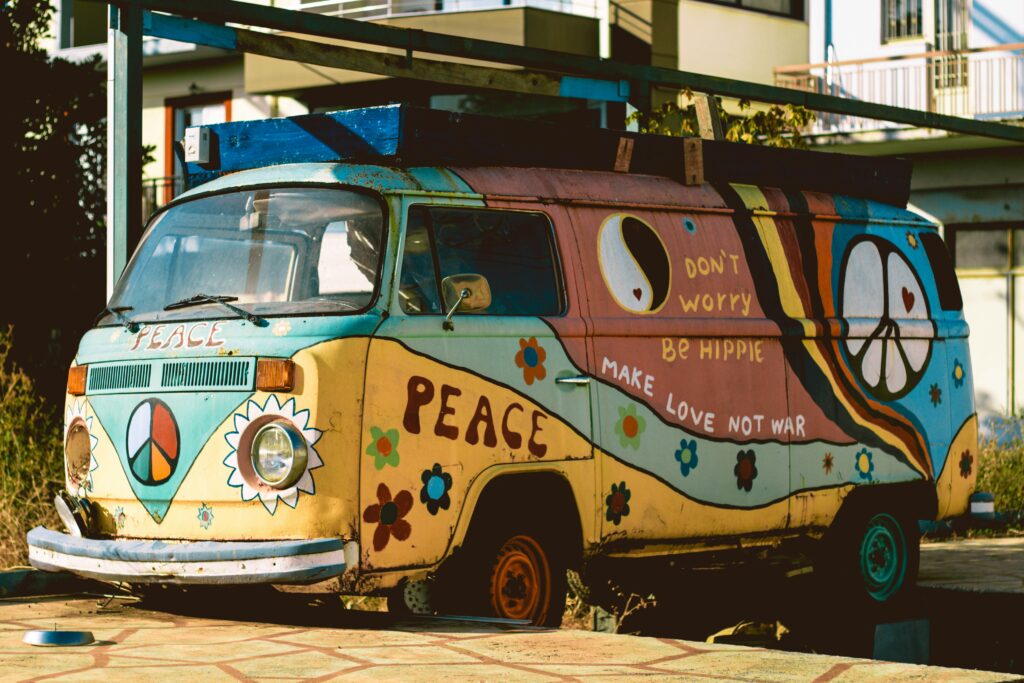
2. Preserving Family and Cultural History:
- Photos provide a visual record of our family history and the stories of our ancestors.
- They help us to understand our cultural heritage, traditions, and values.
- By preserving these images, we ensure that these stories are passed down to future generations.
- Photos can serve as valuable historical records that provide insights into past lifestyles, cultures, and events if they are preserved.

3. Protection from Deterioration and Loss:

- Photographs can be damaged by a variety of factors, including light, temperature, humidity, and air pollution.
- Preservation techniques such as using archival-quality materials and storing photos in cool, dry and dark environments can help prevent damage and extend the lifespan of printed images.
- Digital photo preservation involves backing up images, using appropriate storage formats, and taking precautions against data loss.
4. Emotional and Psychological Benefits:
- Looking at old photos can have a positive impact on emotional well-being and provide comfort and a sense of connection.
- They can stimulate memories in individuals with memory impairments, helping them to connect with the past.
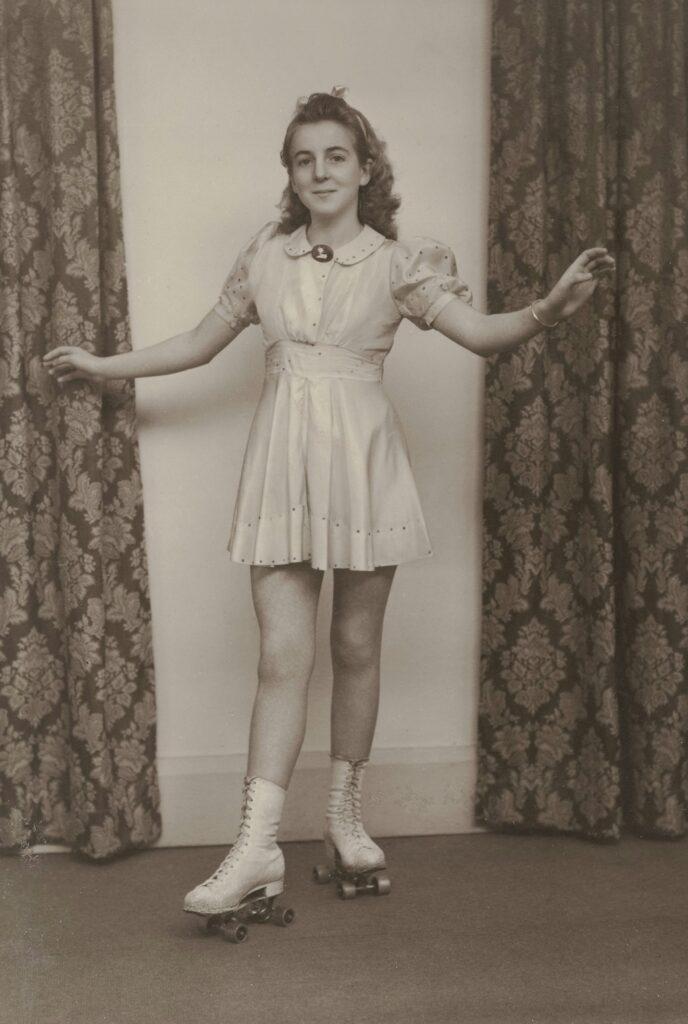
5. Historical and Cultural Significance:
- Photographs can be valuable sources of information for historians, researchers, and museums.
- They can help us understand the past, social trends, and cultural changes.
- By preserving these images, we contribute to the collective knowledge and understanding of our history.
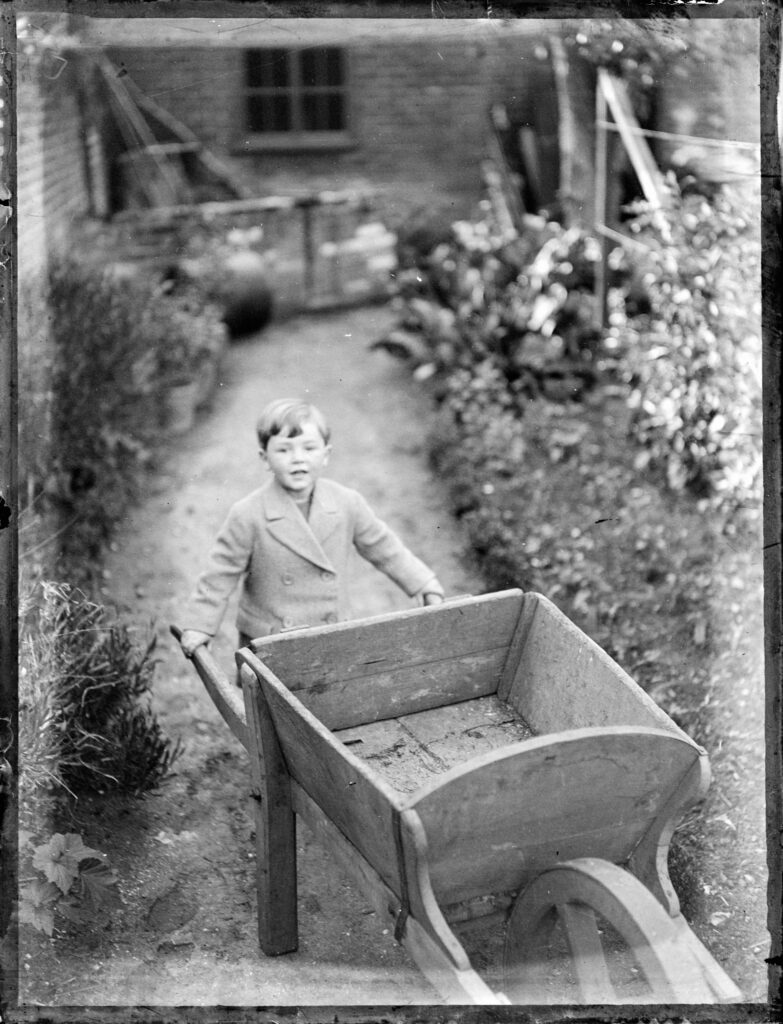
Don’t let your priceless memories fade away—start preserving them today! Whether you need expert guidance or a hands-on service, I’m here to support you. Let’s make sure your most treasured moments live on for generations to come. Reach out today to get started!
Organize. Protect. Remember. Enjoy. Share. Forever.

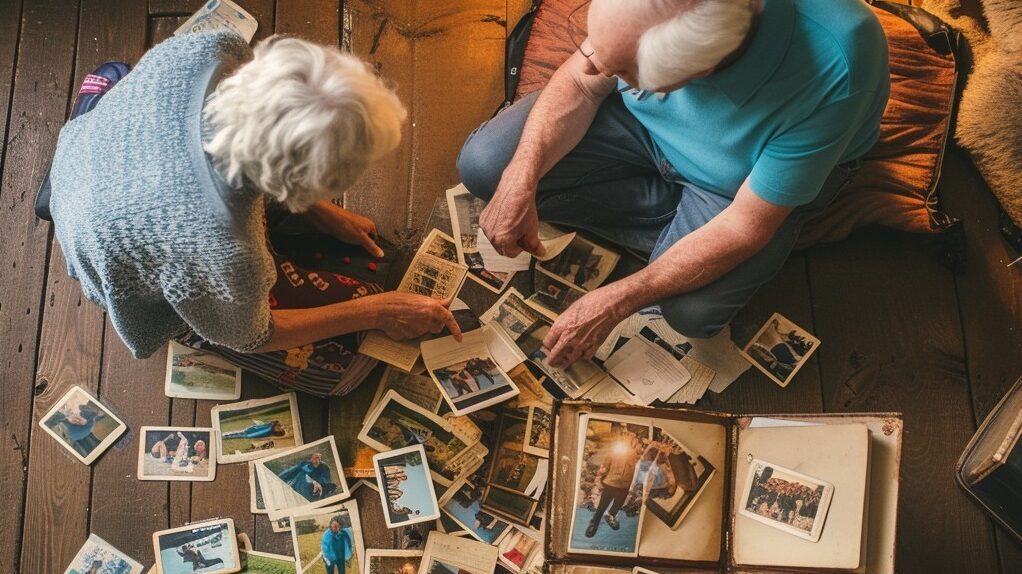
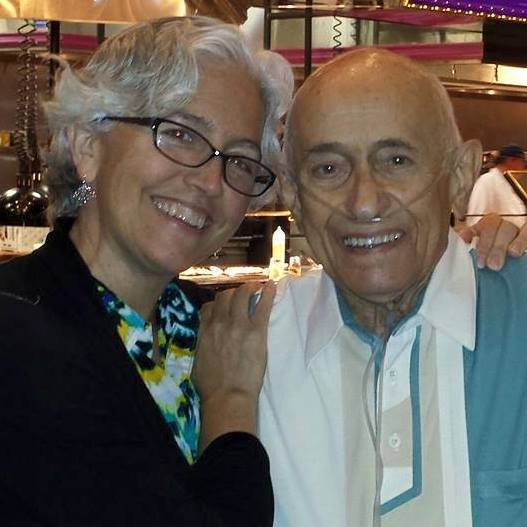
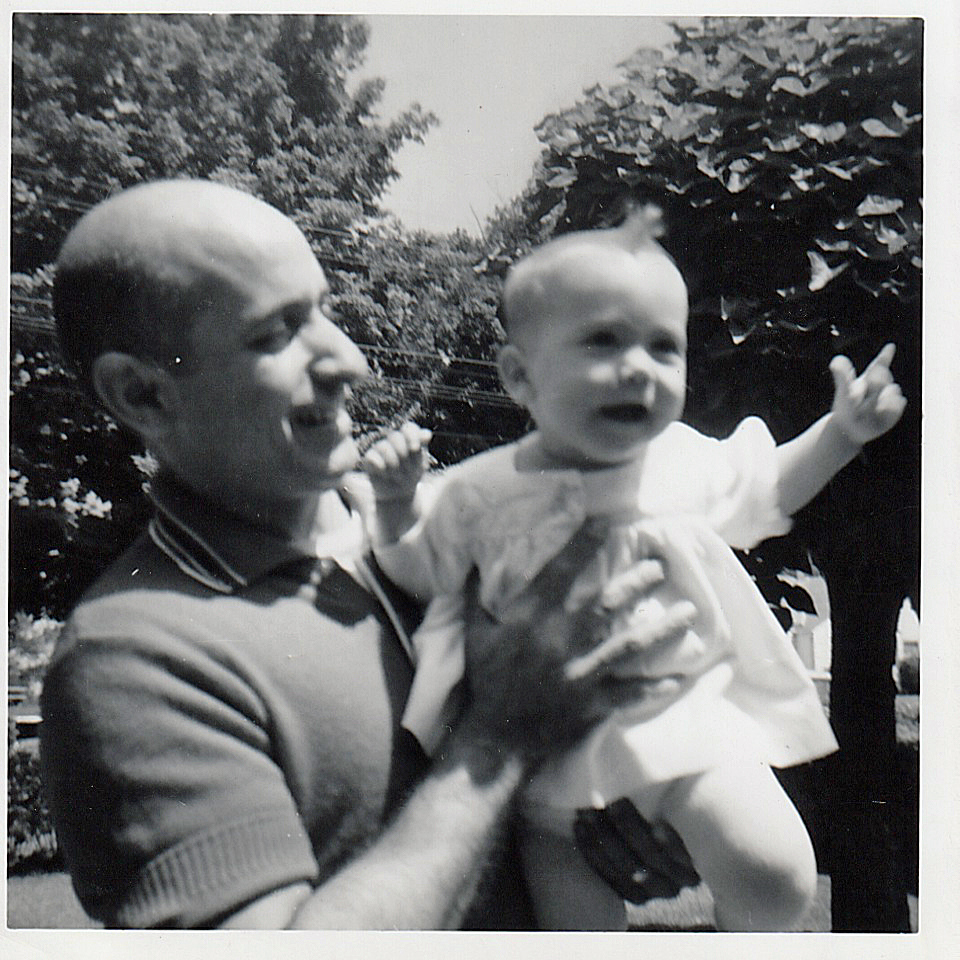

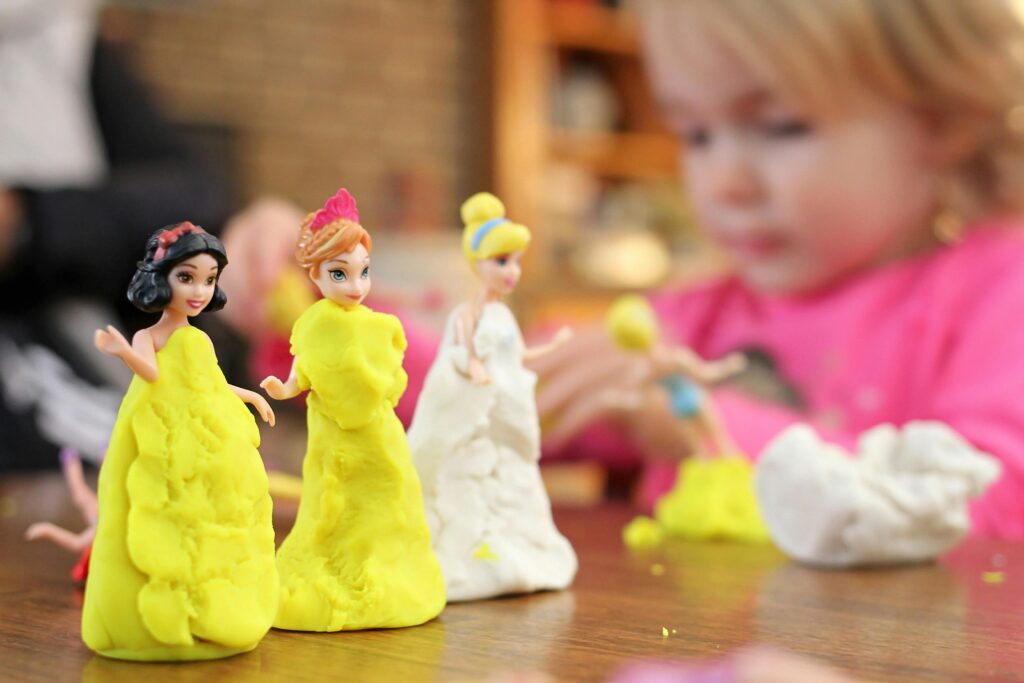




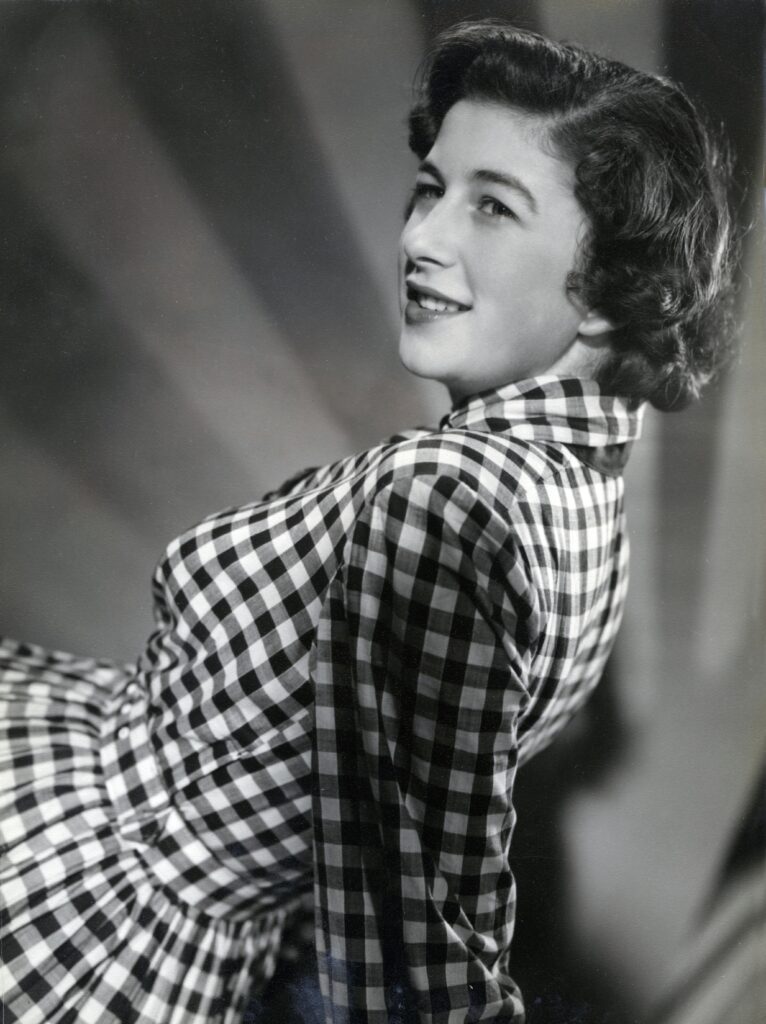

I just came across my “bin” of photos again! I really need to get them organized, maybe this is what I need to get me motivated! VHS conversion is definitely of interest.
Hi Nancy! It’s a big task for sure! I will be sharing ways to get started in posts to come, as well as tips that will help make it less overwhelming. Reach out anytime!
Laurie, I wish you a great success with your idea.
Thank you so much, Jesus. I appreciate it!